If you buy shoes for the elderly for your parents, you may be cheated by the "filial piety tax"
Original grumpy little doctor Tencent medical code
In Chinese over 60 years old, osteoporosis has reached 56%[1].
However, there is one disease that is more frequent than it-senile foot disease, the prevalence rate is as high as 87%, which seriously threatens the health of our parents [2,3].
However, only 7.3% people will take foot disease seriously and consult a doctor [4].
As the saying goes, "people get old when they are old", and when they get old, their legs and feet are awkward at first.

Time and tide wait for no man
With the increase of age, the muscle strength of the foot is weakened, the elasticity of ligaments becomes worse, or due to unsuitable shoes, it is easy to have problems such as arch collapse and hallux valgus [1-3]. As a result, the load-bearing capacity of both feet decreases.
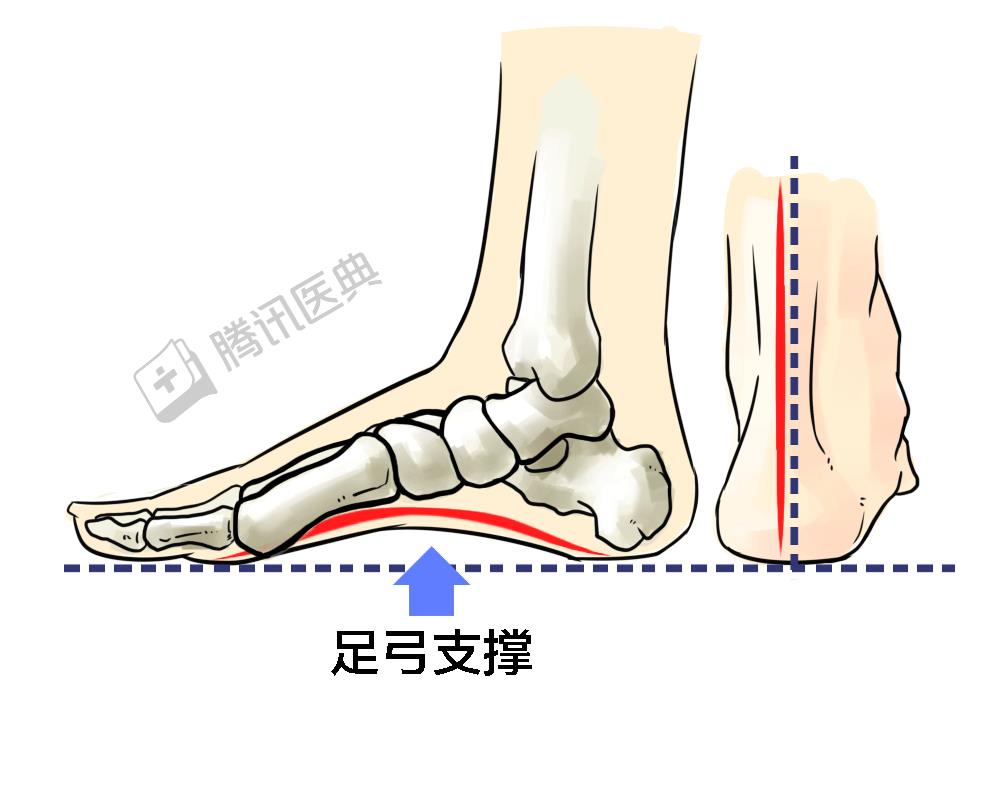
(Made by myself)
2. Poor foot care
Old people, bad eyes, inflexible fingers, and inability to bend over will all lead to a common result-
Give up the care of your feet.
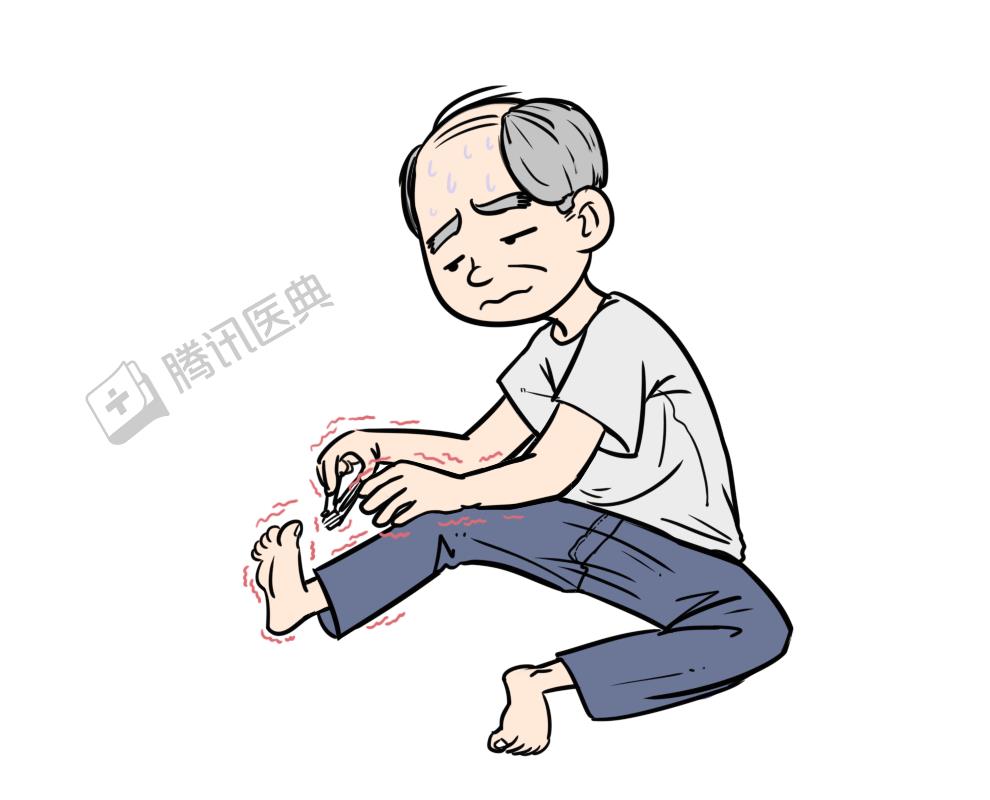
(Made by myself)
If the toenails are too long to be trimmed or washed, it may lead to problems such as too long and thick toenails and onychomycosis.
The most common foot diseases of the elderly are [6]:
Hypertrophy of toenails (41.3%)
Hallux valgus (commonly known as "big foot bone") (28.7%)
Dry skin (26.0%)
Corns and calluses (commonly known as calluses) (24.0%)
These problems will lead to a common consequence-
If you can’t walk steadily, you will fall easily.
Many elderly people are relatively fat, and their feet are heavily burdened when walking, which makes them easy to hurt, increasing the risk of falls and fractures.
Moreover, osteoporosis is a common disease in the elderly, and it is more likely to lead to hip fracture when falling-it is called "the last fracture in life" (the mortality rate of hip fracture is as high as 22%~30%, even 50%[7-9]).
American gerontologist Hazzard said: "A clear head and a pair of feet that can move freely can make the elderly live better." [5]

Inappropriate shoes are one of the reasons why the elderly fall, and more than 70% of the elderly have inappropriate shoes [10]. So, what are the main situations in which shoes are not suitable?
1. The shoes are too narrow
Toes and soles are squeezed for a long time, so that the forefoot is deformed, hallux valgus and little toe are deformed, which will be very painful.
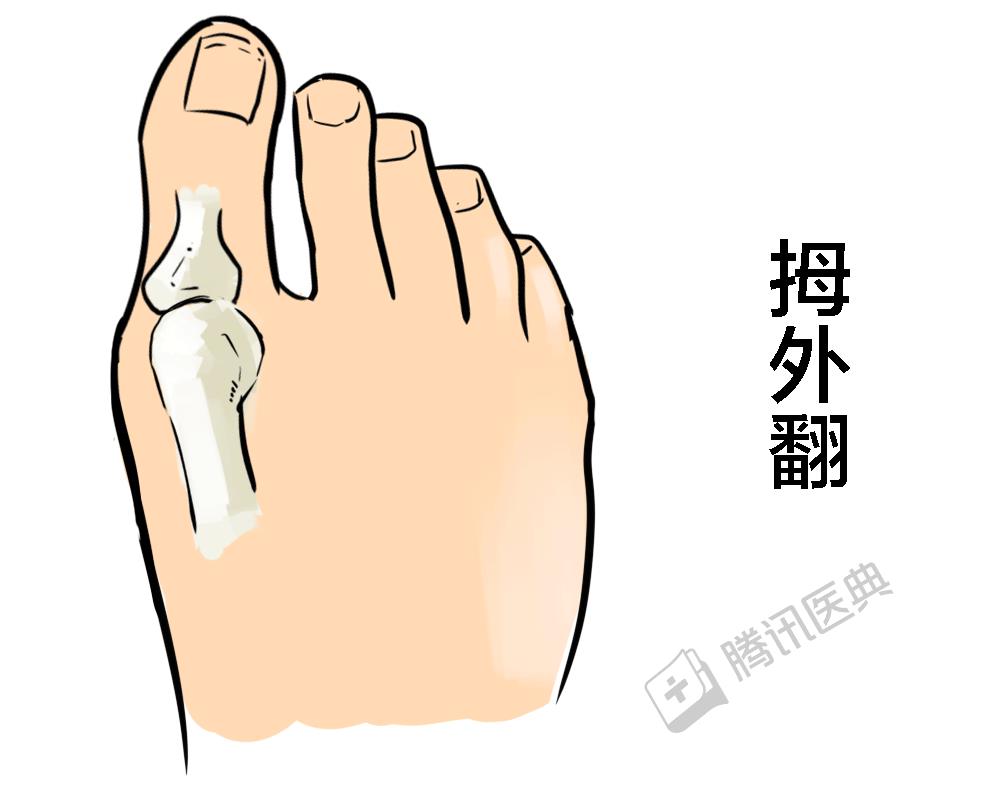
(Made by myself)
2. The shoes are too short
It will bend the toes, which will be deformed after a long time (that is, hammer toes or claw toes).

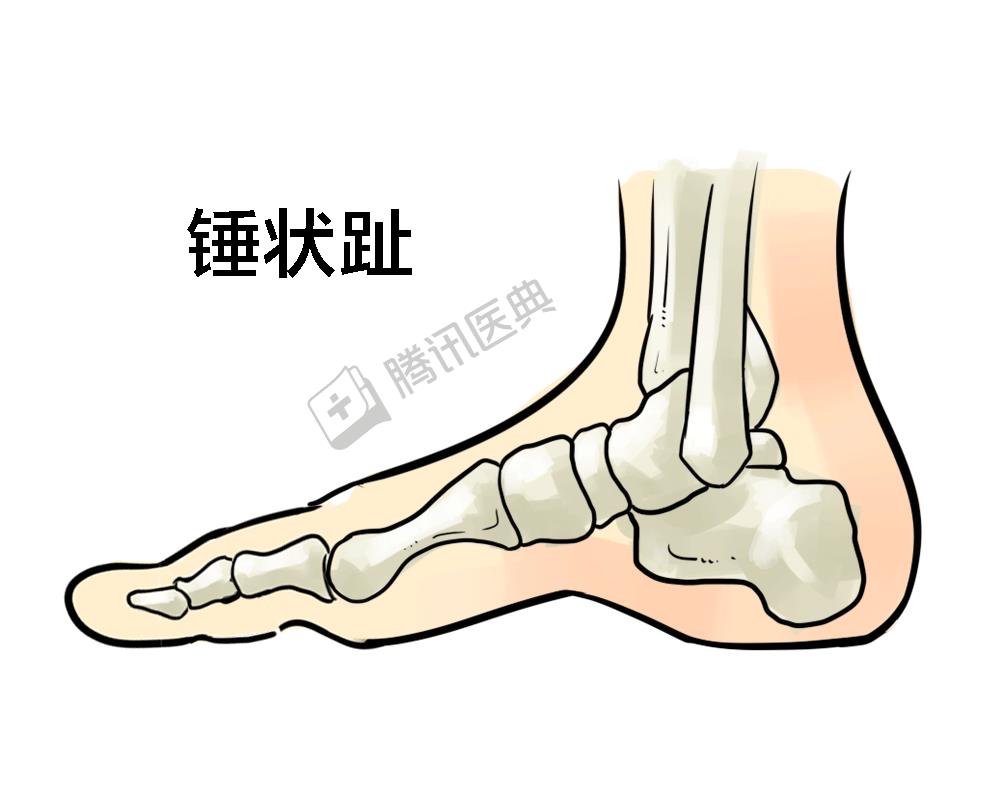
(Made by myself)
The skin on the instep is squeezed, slowly forming a hard cocoon, which is painful and swollen.
Diabetic elderly people with poor blood sugar control are also prone to serious infections.

Let me say one thing first:
The so-called "shoes for the elderly" should be bought carefully to avoid paying the "filial piety tax".
Many "shoes for the elderly" are branded as breathable, spacious, soft, non-squeezing, and non-slip, and can even be like twisting a towel.
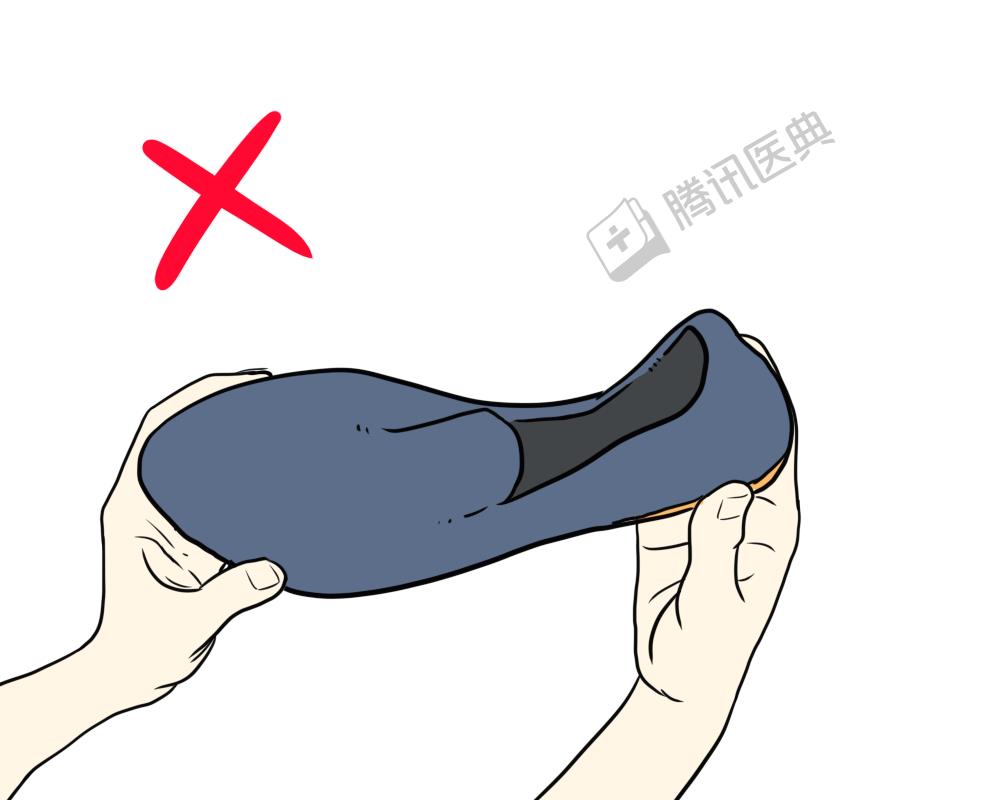
(Made by myself)
But in fact, the softer the shoes, the better. Shoes that can be easily twisted are easy to deform and lack support for the arch.
When buying shoes for the elderly, we should follow the principle of "wide front, tough middle and hard heel".
Specifically, the elderly should pay attention to these three points when choosing shoes:
1. The sole has anti-slip design.
Older people’s physical balance ability becomes worse, and the perception of pressure on the soles of their feet decreases, which will increase the risk of falling when walking [5].
Therefore, it is necessary to choose a non-slip design for the sole.
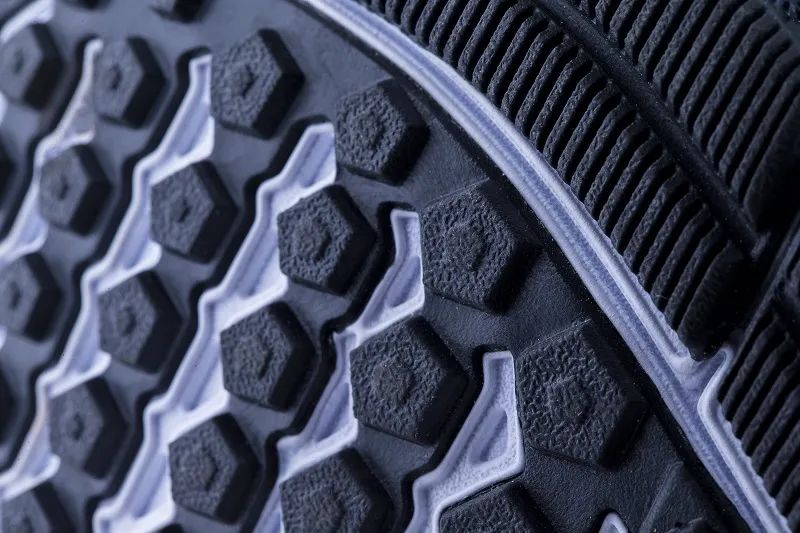
2. Hard soles with sufficient support
Shoes that are too soft, such as old cloth shoes, lack sufficient support at the arch, and it is easy to feel uncomfortable when walking too much, and the feet are tired, sore and painful; Encountering a gravel road will also increase the risk of falling [11,12].
Hard-soled shoes can increase the safety and stability of the elderly when walking [13].
The middle toughness of shoes should be moderate, and you can try to twist them by hand. It is not good to twist them too easily or completely.
The heel also needs to have a certain height, at least 1.5~2.5 cm, which can disperse the pressure on the sole of the foot.
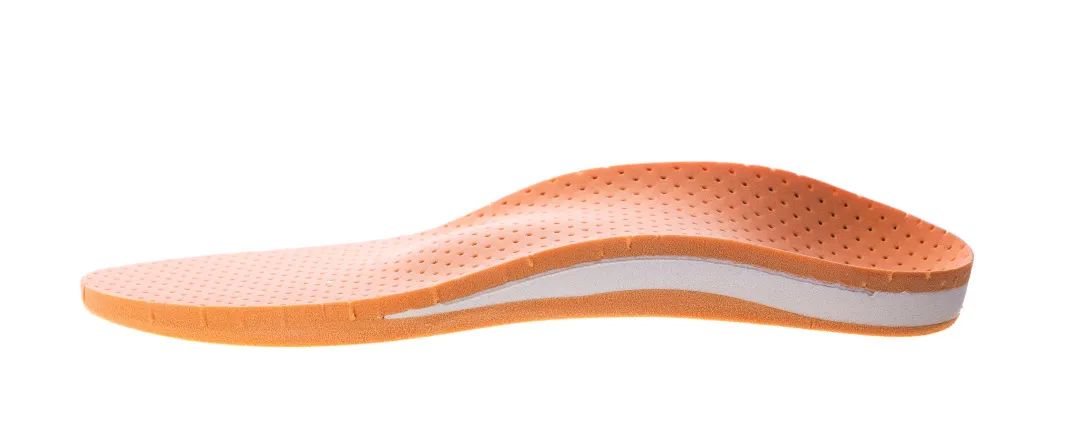
3. The vamp should be breathable, warm and loose.
Old people’s feet have poor blood circulation and are prone to cold feet, pain, blue skin and other symptoms [11].
Buying a pair of breathable, warm and loose shoes is comfortable and easy to wear, and it can also reduce the incidence of nail malnutrition and fungal infection (commonly known as beriberi) [5].
It can be a little bigger, leaving about 1 cm in front of the toes, so that the toes have enough room to move.
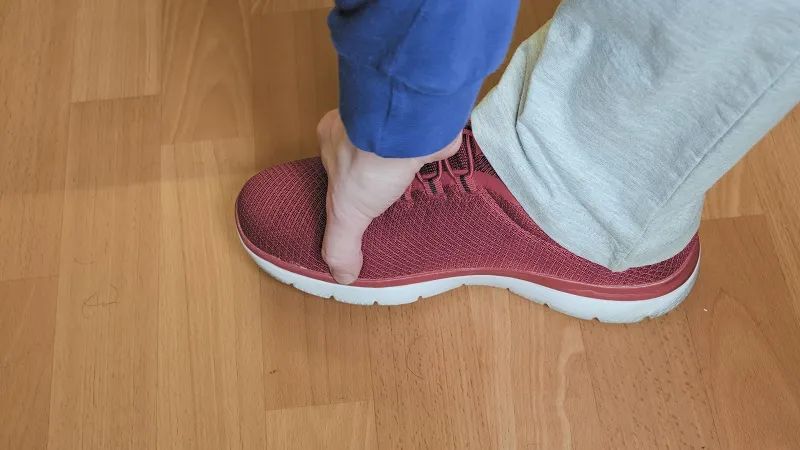
In addition, when the elderly buy shoes, there are three tips:
1. It’s best not to buy it by children or online shopping, but to try it yourself.
Bring socks and insoles that you usually wear. Feel it on your feet and experience walking, running and jumping in the store to choose the shoes that suit you best.
It’s best to buy it in the afternoon
Affected by gravity and venous reflux, people’s feet are usually bigger in the afternoon than in the morning.
Trying on shoes in the morning will hurt your feet in the afternoon [5].
Don’t bother, try more pairs.
Old people often encounter two feet with different sizes, for example, one foot has severe hallux valgus, or the arch of both feet collapses to different degrees.
This requires trying on a few more pairs and finding shoes that are comfortable for both feet. Or put an arch support pad on a shoe.

Reviewer: Zhao Ran | Attending physician, Doctor of Medicine, Department of Orthopaedics, Peking University Third Hospital
references
[1]Martín-Merino E, Petersen I, Hawley S, álvarez-Gutierrez A, Khalid S, Llorente-Garcia A, Delmestri A, Javaid MK, Van Staa TP, Judge A, Cooper C, Prieto-Alhambra D. Risk of venous thromboembolism among users of different anti-osteoporosis drugs: a population-based cohort analysis including over 200,000 participants from Spain and the UK. Osteoporos Int. 2018 Feb; 29(2):467-478.
[2]RodguezSaIlz D, TovaruelaCaITi6n N, ¨pezL6pez D, et a1. Foot orders in the elderly: a mini. Review [j]. Disease. Month, 2 beep 8,64 (3): 64-91.
[3]Men HB, Dufour AB, Casey VA, et al. F00t Pain and Mobility LIMILATIONS in 01 der DULTS: The FKLRRDNGH Fbot Study [J]. J Gerontoi A Biol Sci Medsci, 2013,68 (10): 1281-1285.
[4]ChanHYL,Lee DTF,kungEMF,et al.The effects of a foot andtoenail cafe pmtoc01 for older“ults[J].Ge^alr Nurs,2012,33(6):446—453.
[5] monograph (America). Hazzard Geriatrics [M]. Translated by Li Xiaoying and Wang Jianye. Beijing: People’s Military Medical Publishing House, 2015: 1645-1659.
[6]Adams C, Athanasoula E, Lee W, et al. Envimnmenta jalid genetic factors on the development of onychomycosis [j]. j fungi baselswitz, 2015, l (2): 2ll-216.
[7]Bliuc D, Nguyen ND, Milch VE, Nguyen TV, Eisman JA, Center JR. Mortality risk associated with low-trauma osteoporotic fracture and subsequent fracture in men and women. JAMA. 2009; 301(5):513–21.
[8]Giversen IM. Time trends of mortality after first hip fractures. Osteoporos Int. 2007; 18(6):721–32.
[9]Downey C, Kelly M, Quinlan JF. Changing trends in the mortality rate at 1-year post hip fracture—a systematic review. World J Orthop. 2019; 10(3):166–75.
[10]Buldt, A.K. and H.B. Menz, Incorrectly fitted footwear, foot pain and foot disorders: a systematic search and narrative review of the literature. Journal of Foot and Ankle Research, 2018. 11(1): p. 43-.
[11]L?nne T, Olsen H. Decreased capacitance response with age in lower limbs of humans–a potential error in the study of cardiovascular reflexes in ageing. Acta Physiol Scand. 1997 Dec; 161(4):503-7. doi: 10.1046/j.1365-201X.1997.00243.x. PMID: 9429658.
[12]Robbins, S., et al., Foot Position Awareness in Younger and Older Men: The Influence of Footwear Sole Properties. Journal of the American Geriatrics Society, 1997. 45(1): p. 61-66.
[13]Menant, J.C., et al., Effects of Footwear Features on Balance and Stepping in Older People. Gerontology, 2008. 54(1): p. 18-23.

Read the original text